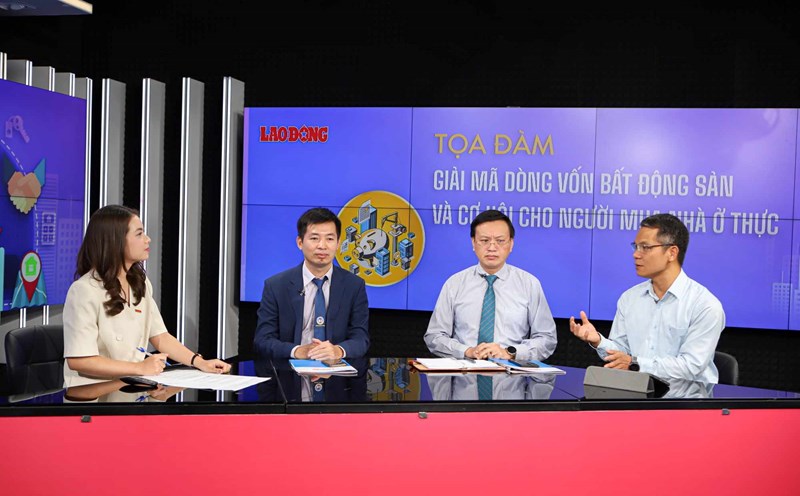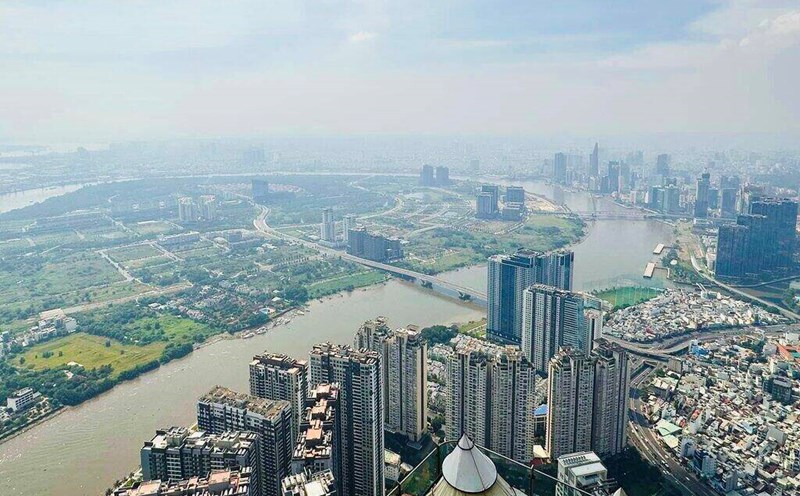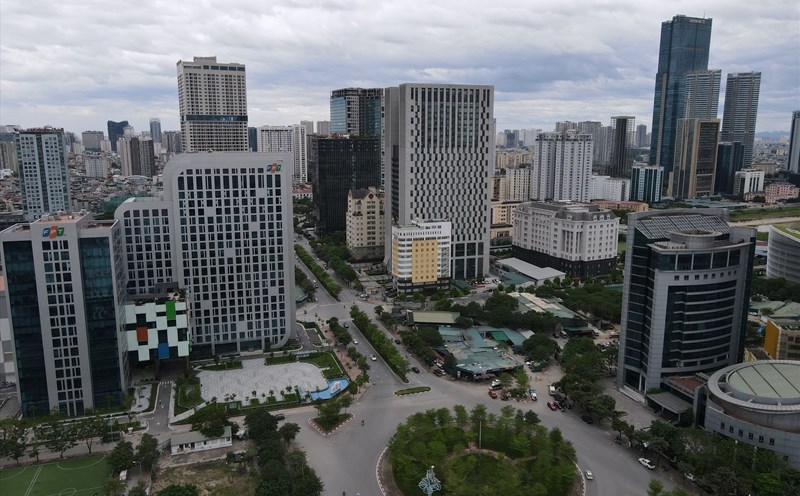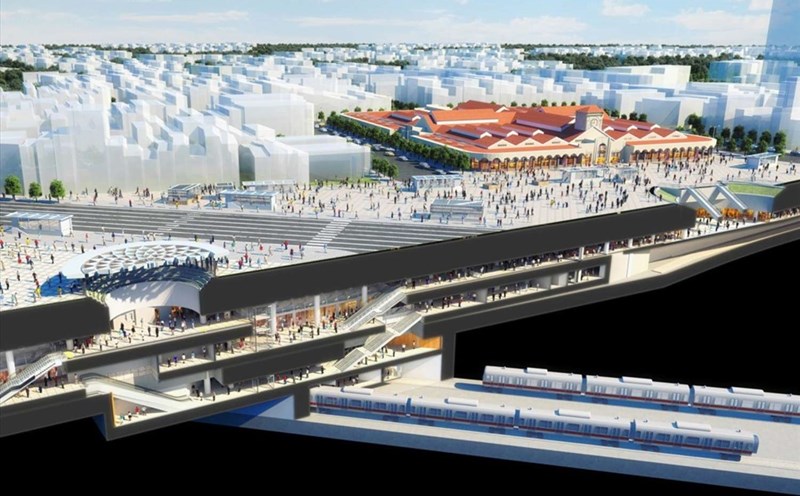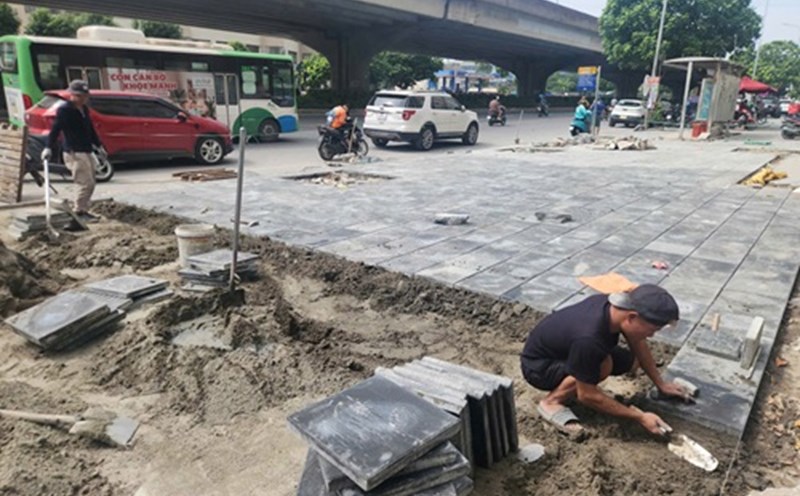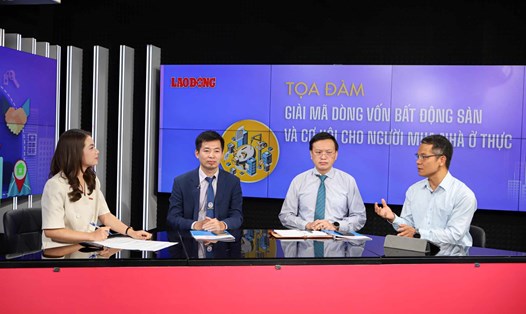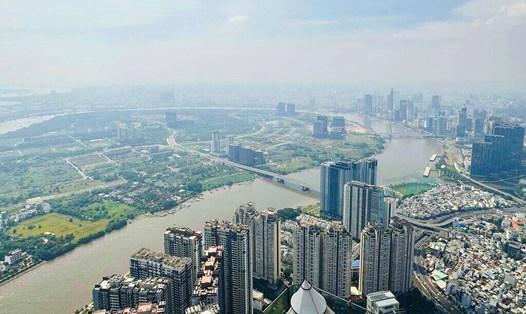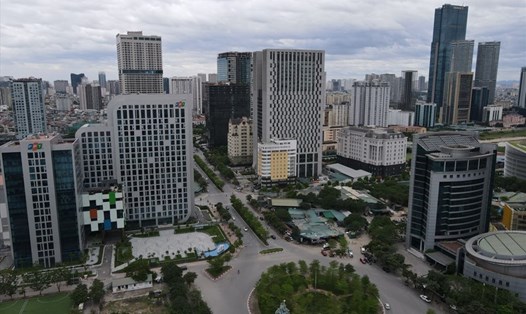In a recent report, VARS IRE said that the period of 2023-2025 recorded a strong price increase trend of the apartment segment, continuously establishing new price levels in large cities, both in the primary and secondary markets.
In the primary market, in the third quarter of 2025, the average selling price of commercial apartments reached 78 million VND/m2, more than 30% of new supply was priced from 100 million VND/m2 or more. In Hanoi alone, the average price reached about 95 million VND/m2, with more than 43% of the supply priced at over 120 million VND/m2. In Ho Chi Minh City, the average price is about 91 million VND/m2, lower thanks to abundant supply from the suburbs. Many projects recorded price increases from a few hundred million to more than 1 billion VND/unit even though the quality and infrastructure did not change significantly.
VARS IRE believes that the main cause comes from the supply side. Although real estate supply has improved recently, the growth rate is still slow, not meeting the growing demand from urbanization and mechanical migration. Project development costs have increased, especially financial obligations on land use fees after the 2024 Land Law and Decree 103/2024/ND-CP took effect, causing land prices for projects to increase sharply. This is the factor that accounts for the largest proportion in the real estate development cost structure, forcing investors to increase selling prices to offset costs.
Many projects that have been launched on the market recently are projects that have had legal problems, had to be suspended for a long time and are now being restarted, leading to significant financial costs, site clearance costs and arising costs. Along with that, new supply is unbalanced in product structure when it is mostly concentrated in the high-end and luxury segments, while the market lacks mid-range and affordable projects.
The supply is mainly in the hands of some large enterprises, which also reduces competitiveness. Information about the merger of administrative boundaries and the planning of new administrative centers in some areas also caused land prices to increase sharply locally.
In addition, the appearance of large-scale projects, well invested in infrastructure and utilities, along with the implementation of key transport projects have contributed to the increase in real estate prices.
On the other hand, demand factors also have a strong impact on price increases. Rapid urbanization rate, the urban population rate increased from 34.4% in 2019 to 44.3% in 2024, equivalent to more than 44 million people, causing a sharp increase in housing demand. Every year, about 1 million people migrate from rural to urban areas, mainly young workers who want to buy or rent houses.
The mentality of considering home ownership as the foundation for " settling down and making a living" also makes the demand for home always remain high, even when the market fluctuates.
In addition to supply-demand factors, VARS IRE also points out many other causes. The strong fluctuations in the gold and stock markets have caused cash flow to turn to real estate as a safe haven. The period of credit easing and monetary expansion policies also caused cheap capital to flow strongly into real estate. The trading control and monitoring system is still limited, creating conditions for speculation, "inflating prices", causing unusual fluctuations. The rental market has not developed stably, causing the majority of people to choose to buy houses instead of renting.
In the context of many manufacturing industries facing difficulties, high input costs and declining profits, part of investment capital has shifted to real estate - a sector considered safe and more profitable. These factors resonate, causing apartment prices to continue to maintain an upward trend, showing no signs of cooling down in large cities.

